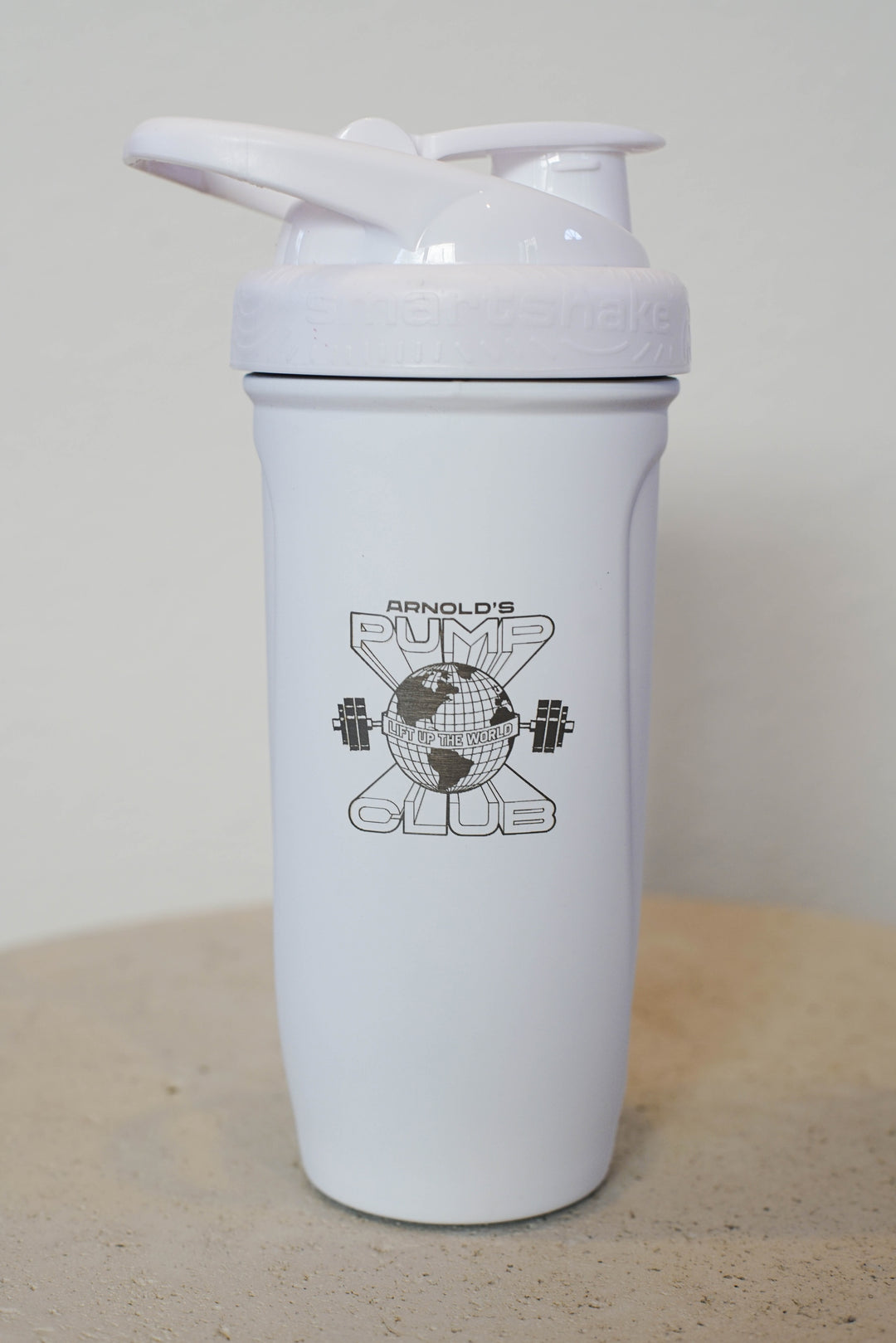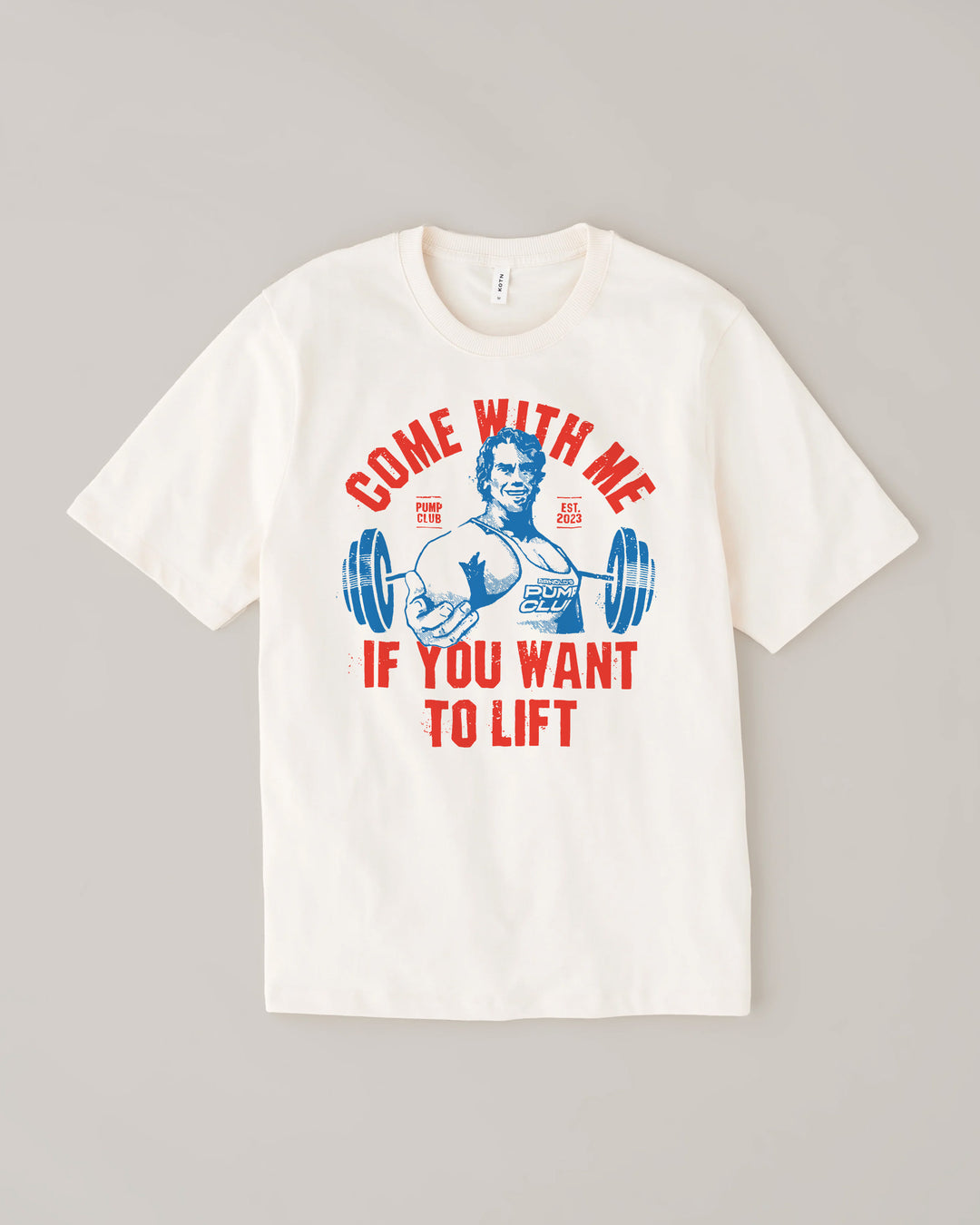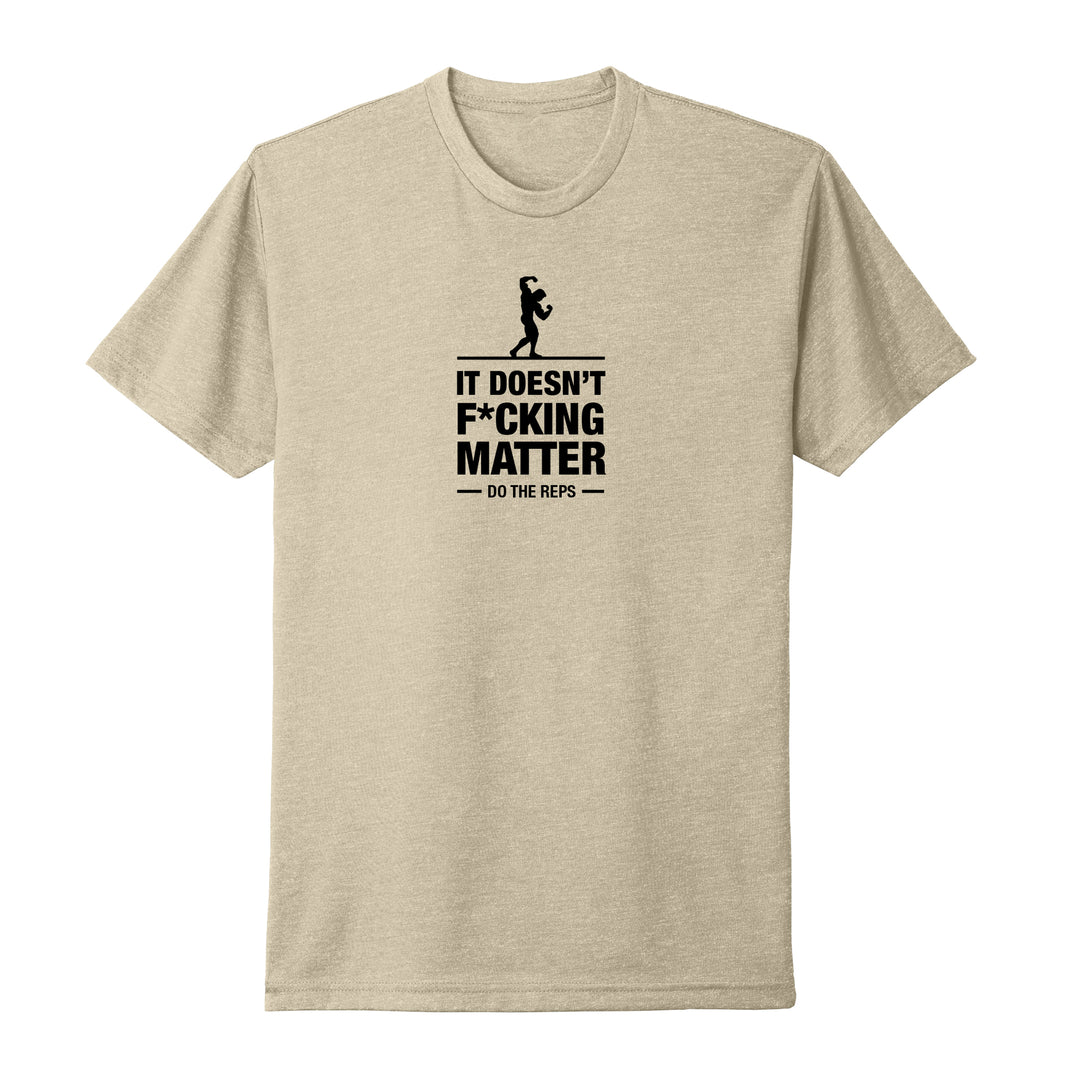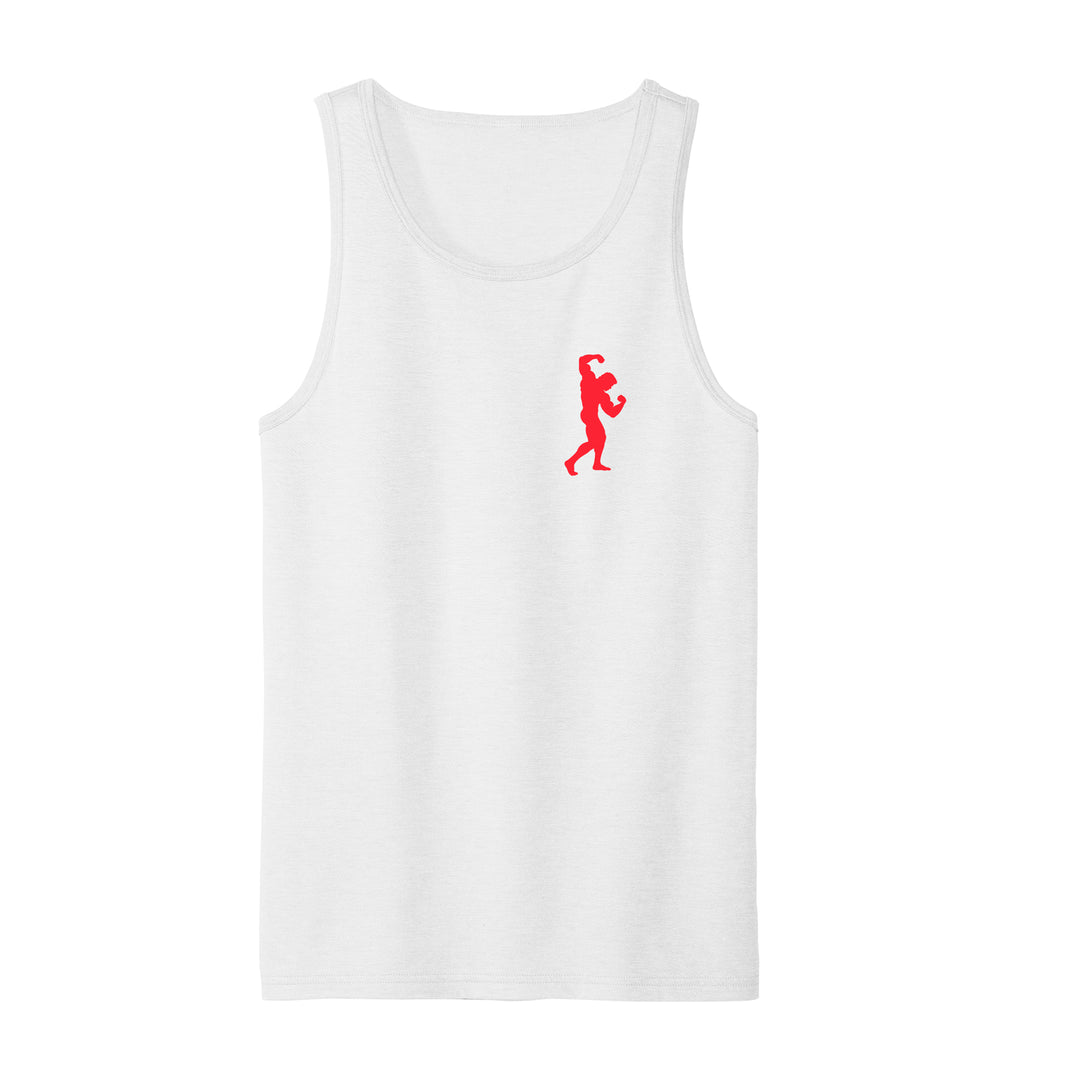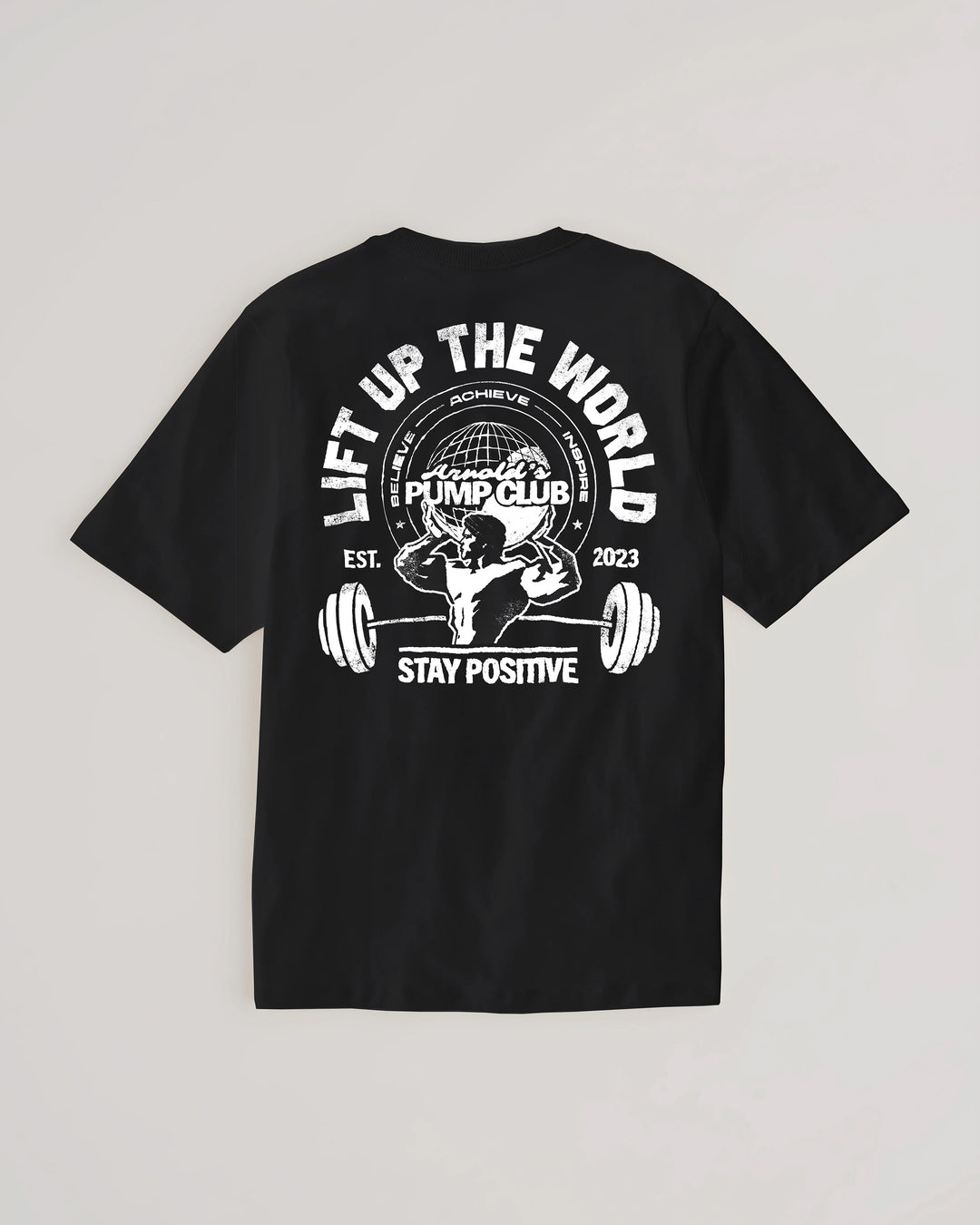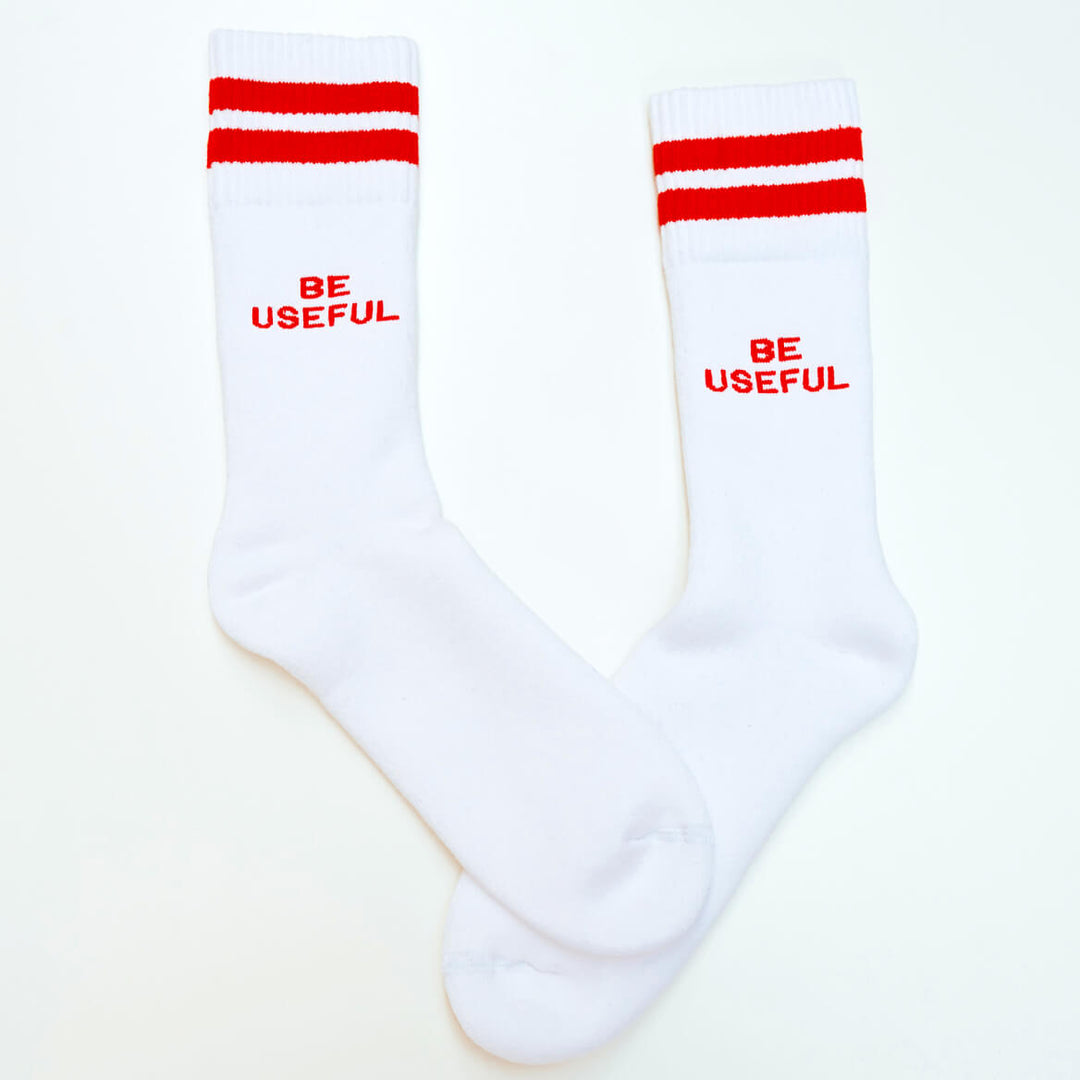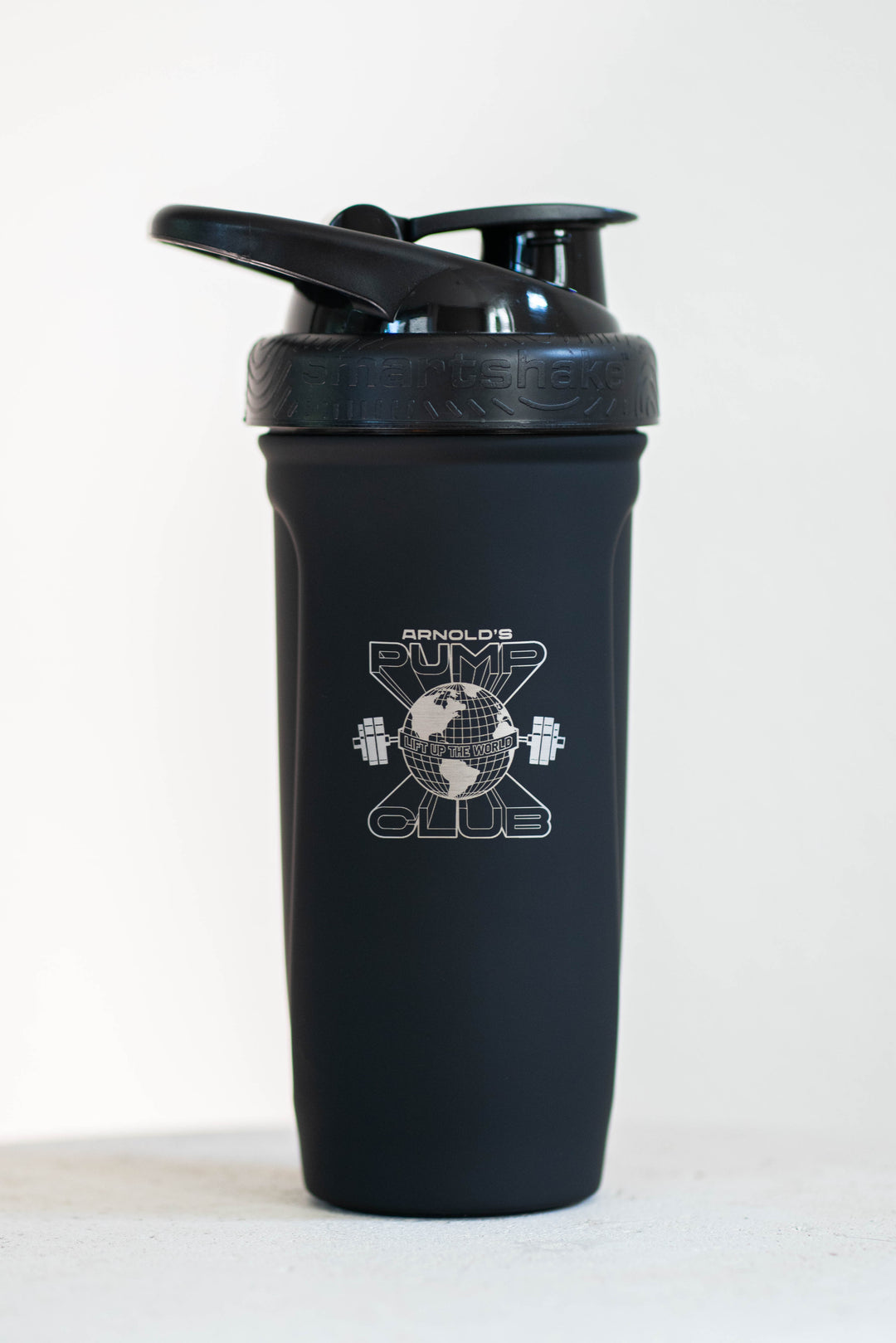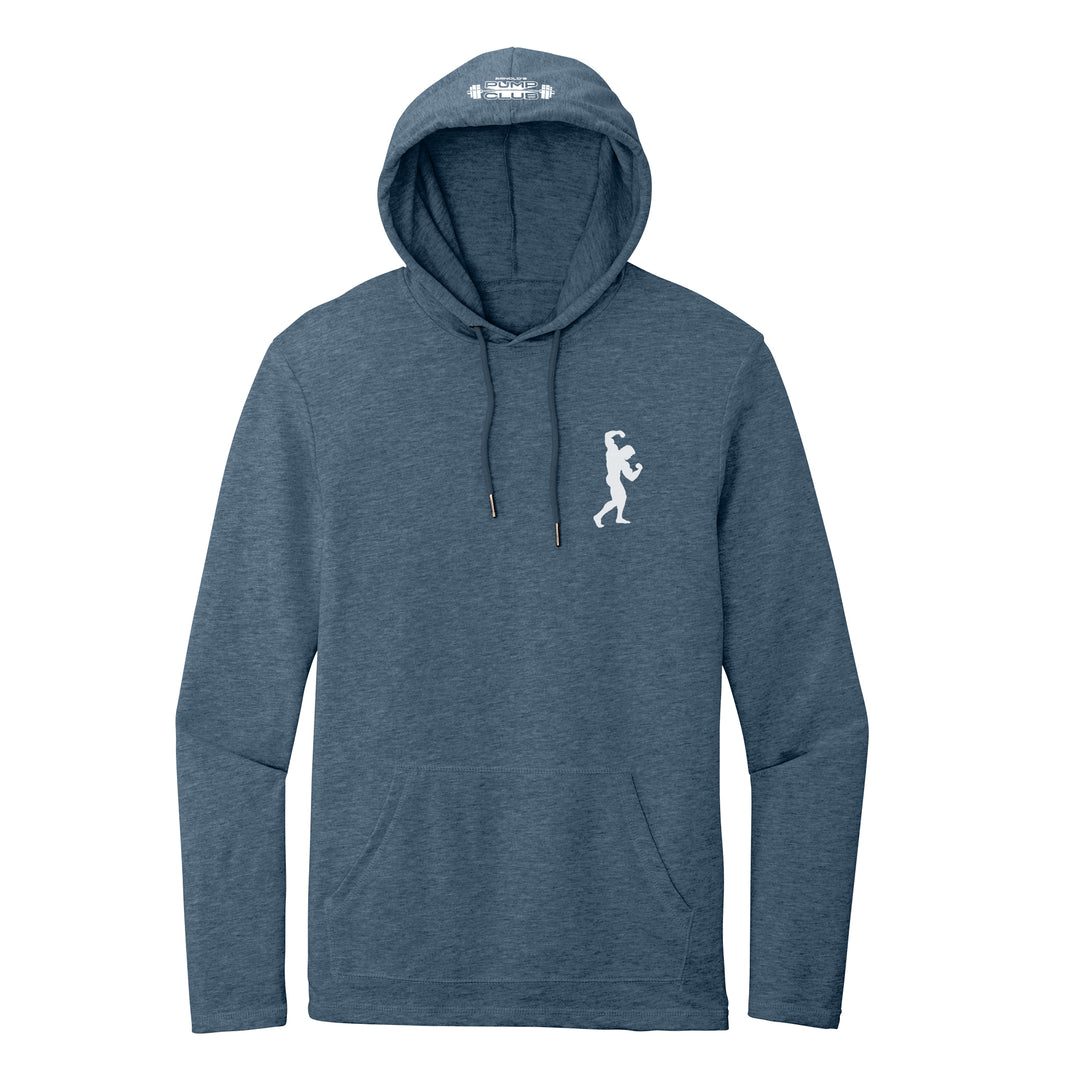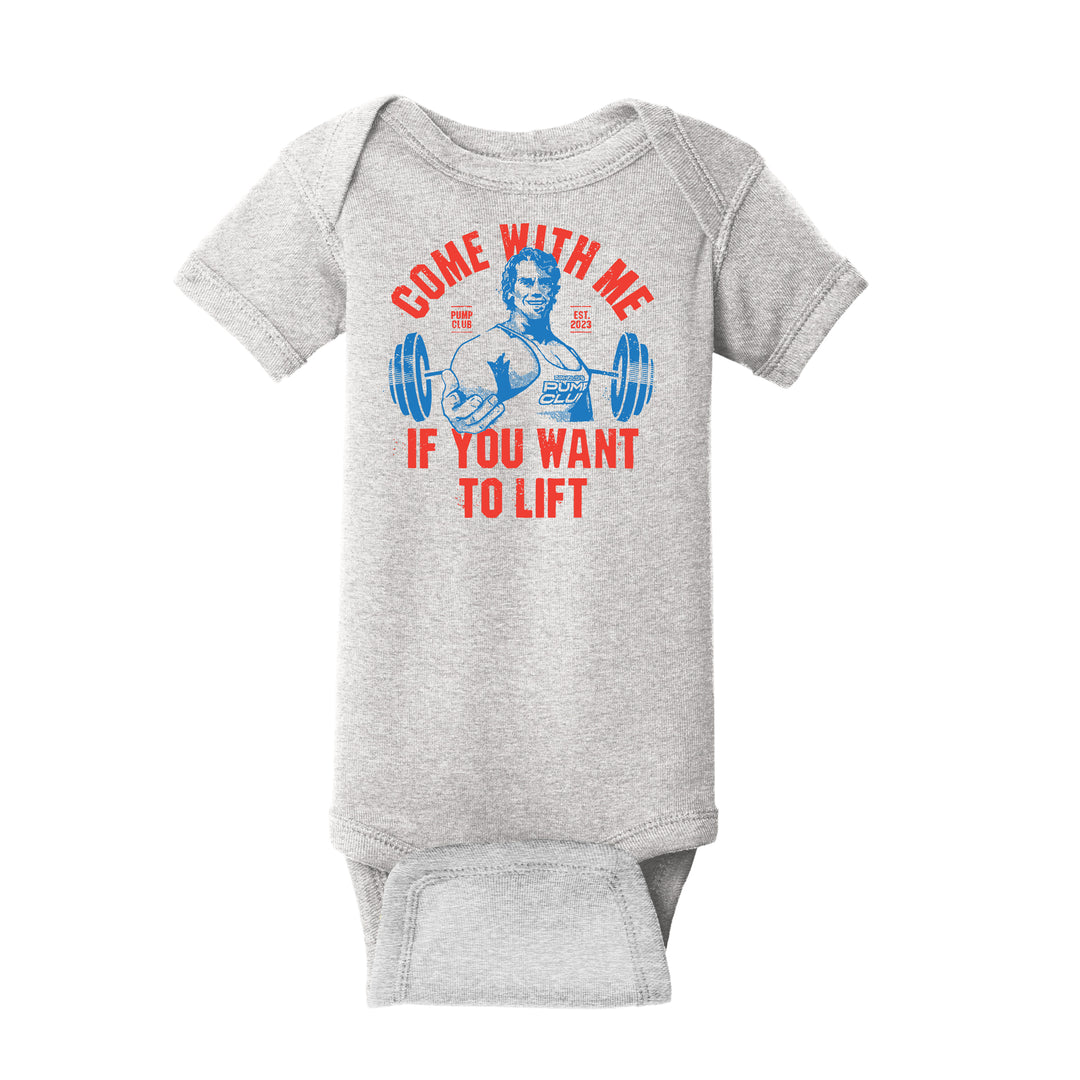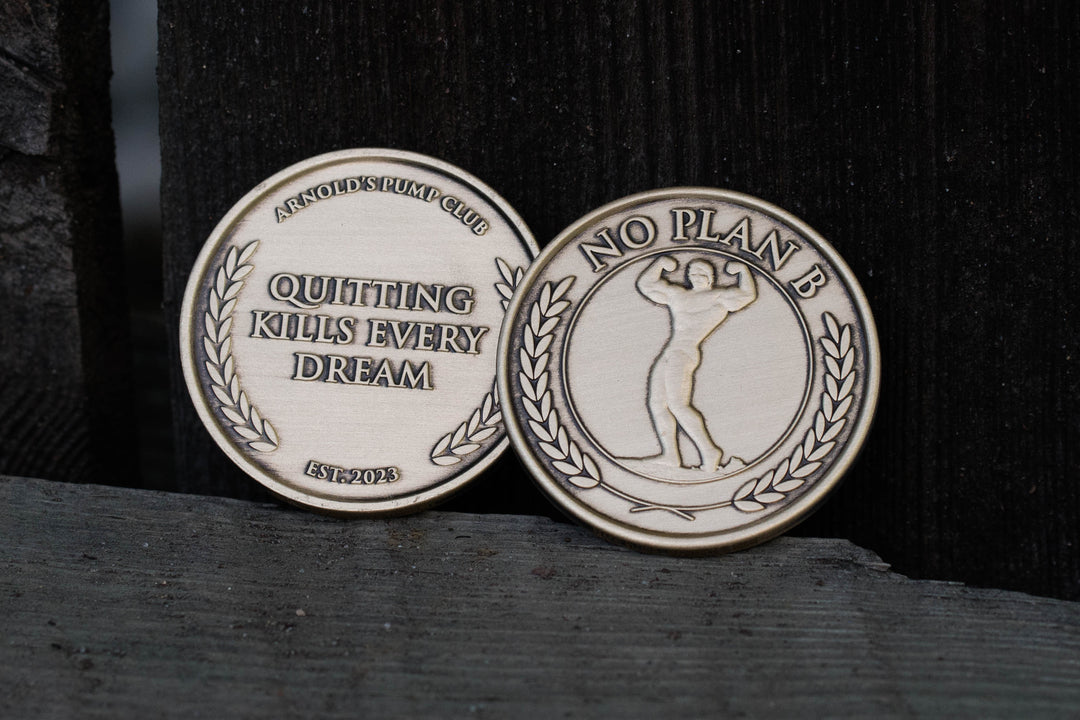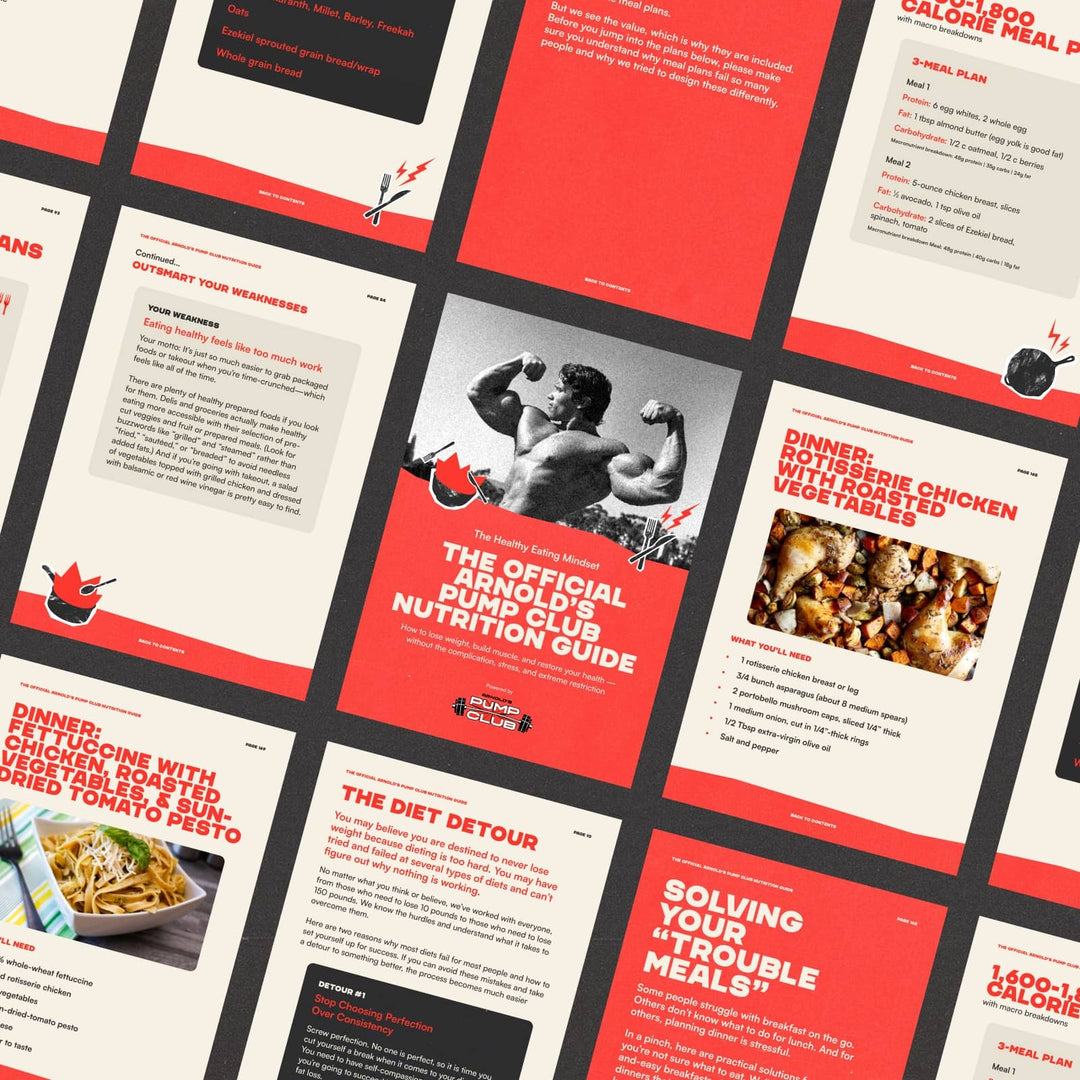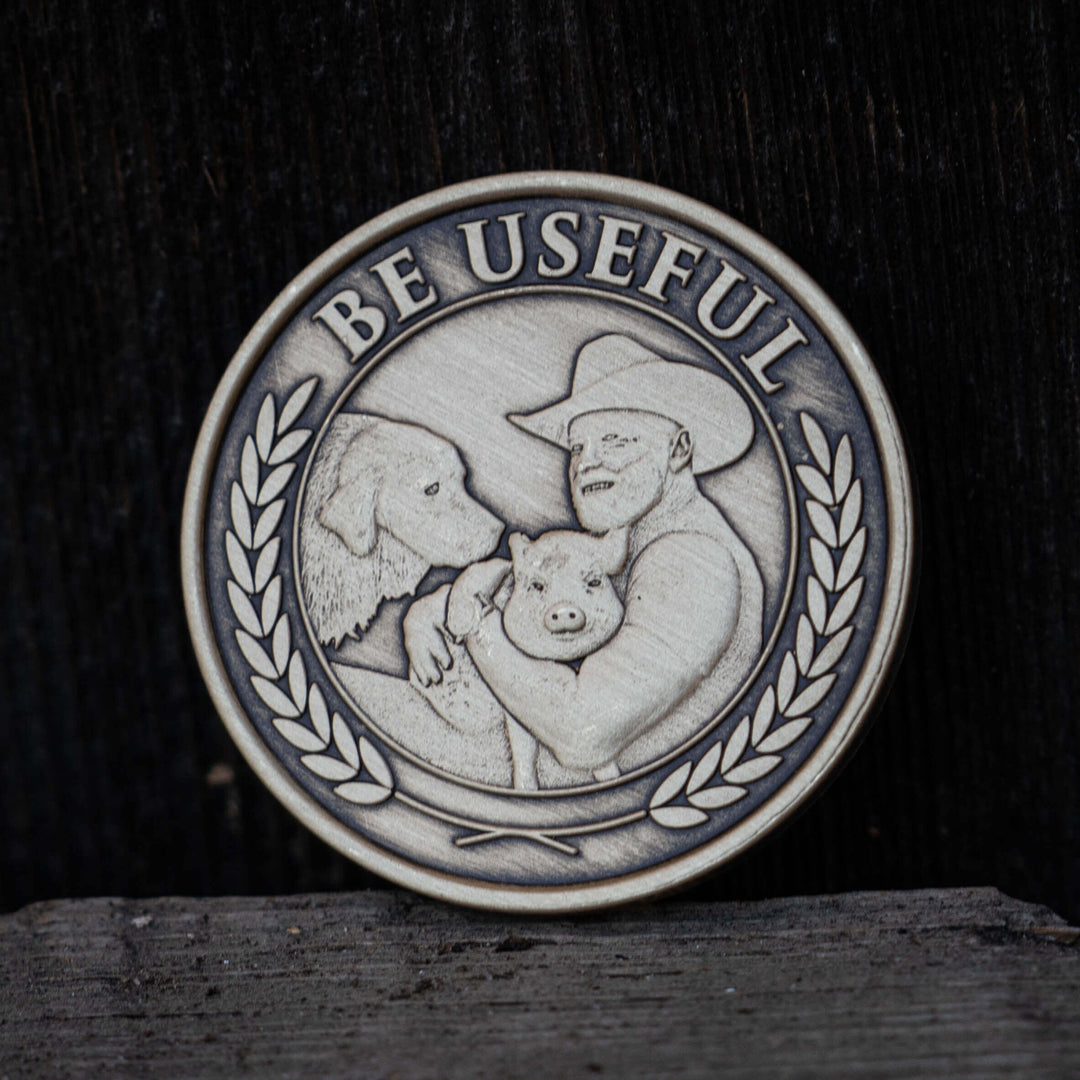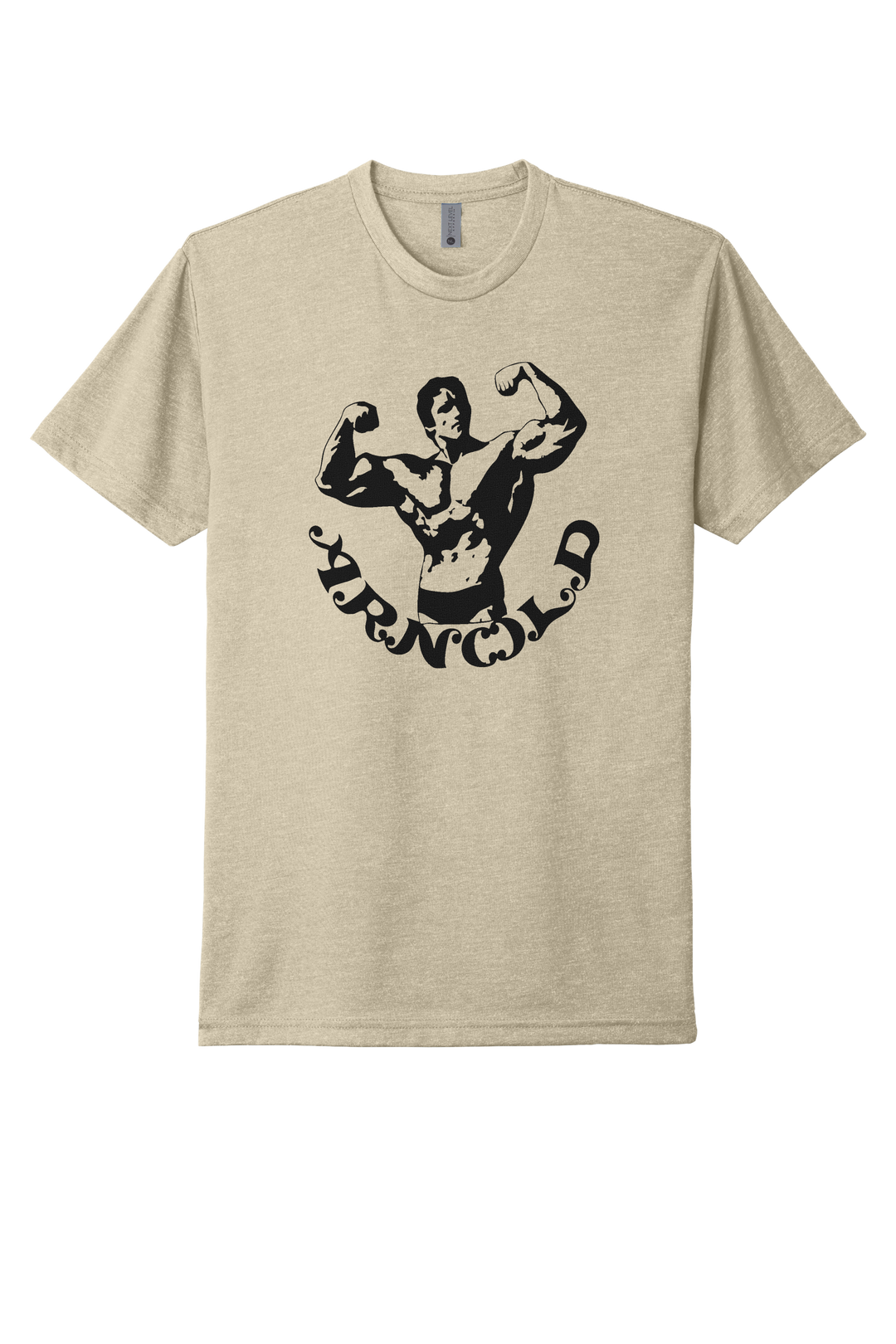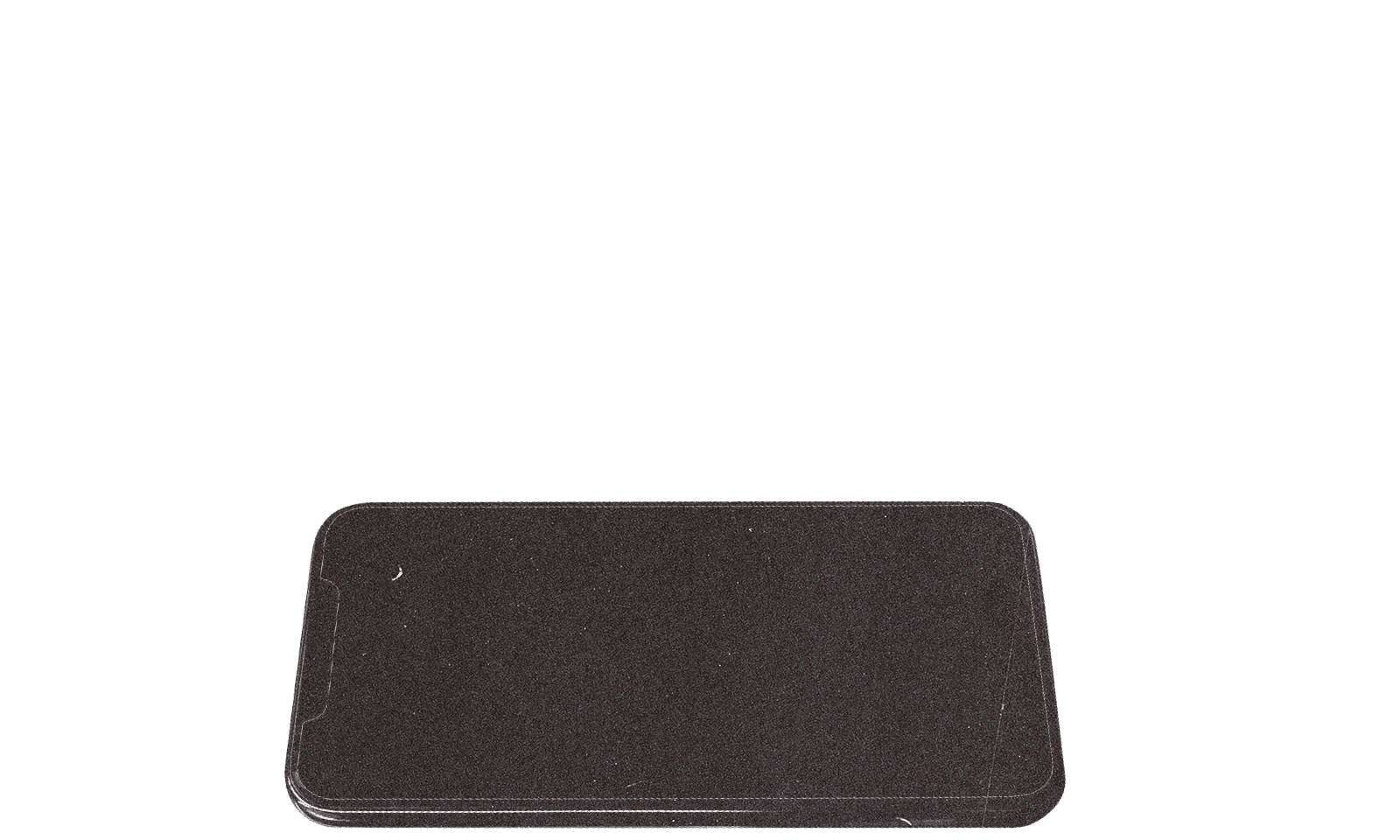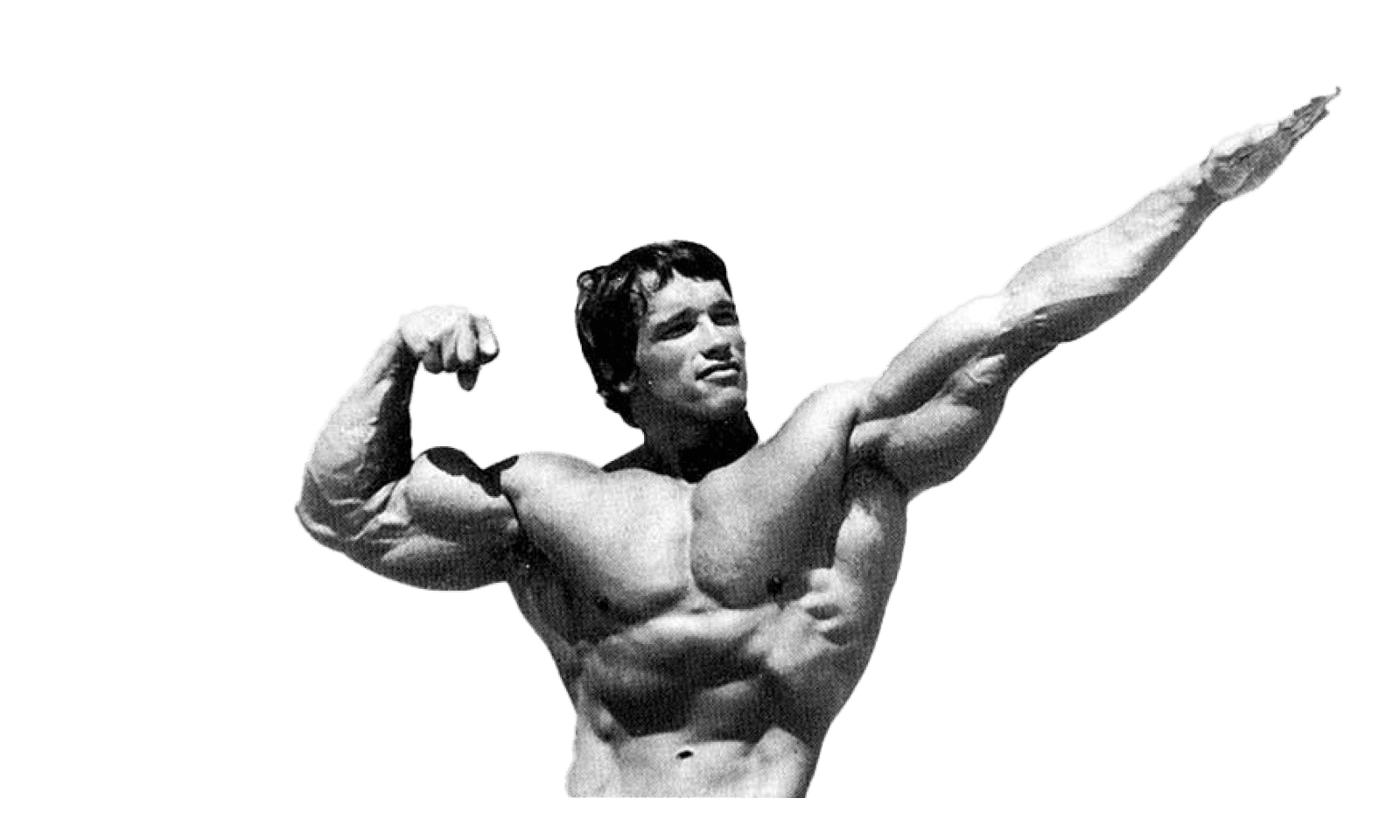Welcome to the positive corner of the internet. Every weekday, we make sense of the confusing world of wellness by analyzing the headlines, simplifying the latest research, and offering quick tips designed to make you healthier in less than 5 minutes. If you were forwarded this message, you can get the free daily email here.
Today’s Health Upgrade
The art of the perfect nap (and how it helps — or hurts — your brain)
How to grow new brain cells
An unexpected way to purify your drinking water
Arnold’s Podcast
Want more stories from Arnold? Every day, Arnold’s Pump Club Podcast opens with a story, perspective, and wisdom from Arnold that you won’t find in the newsletter. And, you’ll hear a recap of the day’s items. You can subscribe on Apple, Spotify, Google, or wherever you listen to podcasts.
Health
The Art Of The Perfect Nap
If you have time for a little snooze during the day, don’t take as much time as you need. The benefits you desire depend on how well you can set your alarm clock.
Research suggests a midday nap can significantly impact your ability to process information, stay vigilant, and even feel better — if you don’t rest for too long.
Researchers examined how different nap durations influenced cognitive function, mood, and reaction time. Participants were divided into groups based on nap length—no nap, short nap (10 minutes), moderate nap (30 minutes), and long nap (60 minutes). After waking, they were put through several cognitive tests.
A 30-minute nap provided the best balance—offering improved memory encoding, better mood, and enhanced reaction time without the grogginess of longer naps. While a 10-minute nap boosted alertness, it didn’t have as strong an effect on memory. Meanwhile, a 60-minute nap improved memory but comes with a more extended period of post-nap sluggishness.
Nap duration might matter more than you think. Studies have found that longer naps can cause “sleep inertia,” the sluggish, disoriented feeling that lingers after waking up, impairing alertness and cognitive function for minutes to hours.
One study found that napping for too long can reduce cognitive performance by as much as 50 percent immediately after waking up, and it can take 30 minutes to 4 hours to fully shake off the grogginess.
Sleep inertia happens because your brain isn’t entirely “online” when you wake up—certain areas, like the prefrontal cortex (which controls decision-making and problem-solving), remain in a sleep-like state while the rest of your body is technically awake.
If you want to stay sharp, aim for a 20-to 30-minute nap. It’s long enough to refresh your brain without making you feel sluggish afterward.
On Our Radar
Can You Lift Your Way To New Brain Cells?
The way you exercise might be the key to unlocking more brain power.
New research suggests that high-intensity interval training (HIIT) stimulates the process of creating new brain cells (also known as neurogenesis).
We usually don’t focus on animal studies, but sometimes the results are so impressive — and close enough to what we see in human experiments — that it’s worth paying closer attention.
Researchers analyzed how different types of exercise impact brain health, specifically the birth of new neurons in the hippocampus, the brain region responsible for learning and memory.
Mice performing high-intensity exercise increased new brain cells responsible for learning and memory by 85 percent.
When you train intensely, you build up lactate, which people used to believe was a waste byproduct of exercise that makes your muscles burn.
In reality, lactate is an important fuel source and molecule that can help signal proper energy metabolism and hormone functioning. The latest study suggests it might also play an essential role in brain health and neuroplasticity.
In the study, the scientists knocked out the receptor that produces lactate in mice. When that happened, even when performing high-intensity exercise, the mice no longer saw the same boost in new brain cells.
This study builds on existing research showing that exercise is one of the best ways to support brain health, and that includes low-intensity aerobic exercise. But the new findings—and several other studies—suggest that if you want the biggest brain-boosting benefits, pushing yourself harder (even for short periods) could be the key.
Nutrition
An Unexpected Ally in Purifying Drinking Water
You might turn to tea for comfort, warmth, and a host of health benefits. But recent research unveils yet another advantage.
Brewing tea can naturally absorb heavy metals like lead and cadmium, reducing their presence in your beverage.
Scientists prepared water solutions containing known amounts of heavy metals—such as lead, chromium, copper, zinc, and cadmium—and then steeped various types of tea, including black, green, oolong, white, chamomile, and rooibos. The steeping durations ranged from a few seconds to 24 hours.
The tea leaves naturally adsorb heavy metals during the brewing process. A typical cup of tea (one mug of water with one tea bag, brewed for three to five minutes) can remove approximately 15 percent of lead from the water.
Longer steeping times further enhance this effect, with extended brewing—such as overnight steeping for iced tea—potentially removing most or even all of the metal content.
The researchers attribute this metal-removing capability to tea leaves' high active surface area, which allows metal ions to adhere effectively. Finely ground black tea leaves, in particular, showed a slightly higher capacity for metal adsorption due to their increased surface area.
Additionally, the type of tea bag used plays a role. Cellulose-based tea bags, made from biodegradable materials like wood pulp, were more effective in adsorbing heavy metals than cotton or nylon bags. This effectiveness is likely due to the higher surface area and more binding sites available in cellulose fibers.
To maximize tea's potential in reducing heavy metal content in your drinking water, use loose-leaf, finely ground black tea, or tea in cellulose-based bags. These forms have higher surface areas, enhancing metal adsorption.
—
Publisher: Arnold Schwarzenegger
Editors-in-chief: Adam Bornstein and Daniel Ketchell








